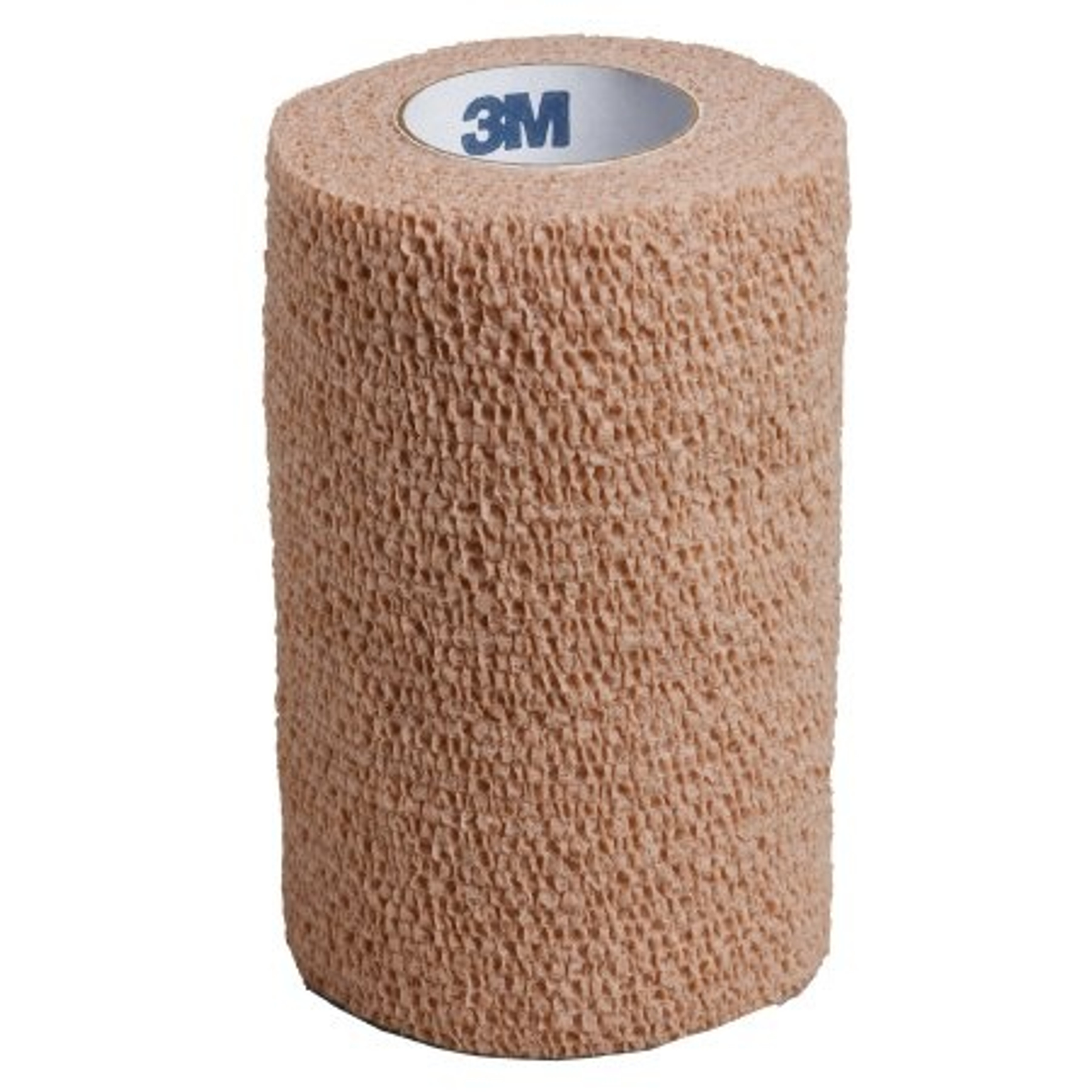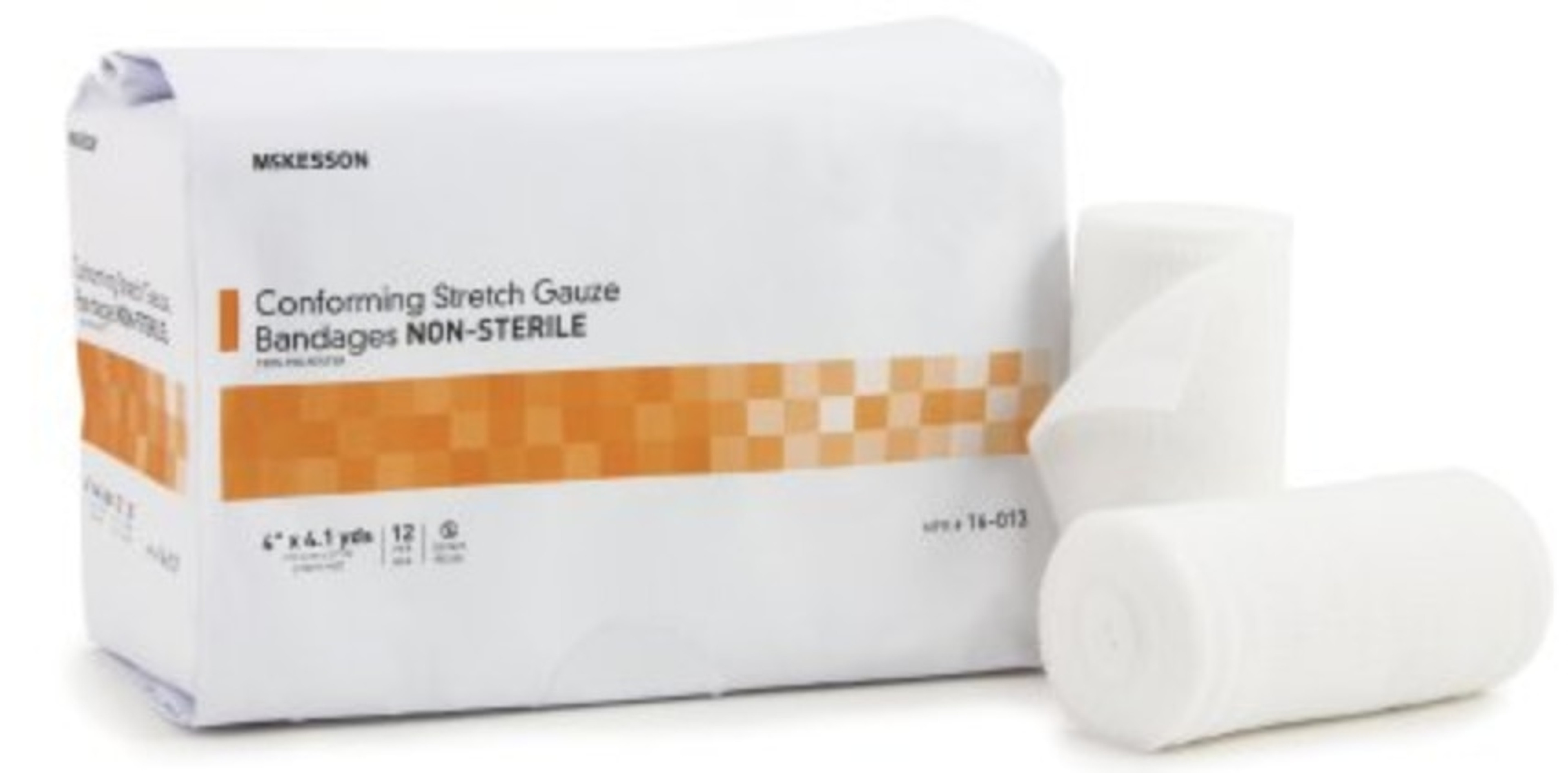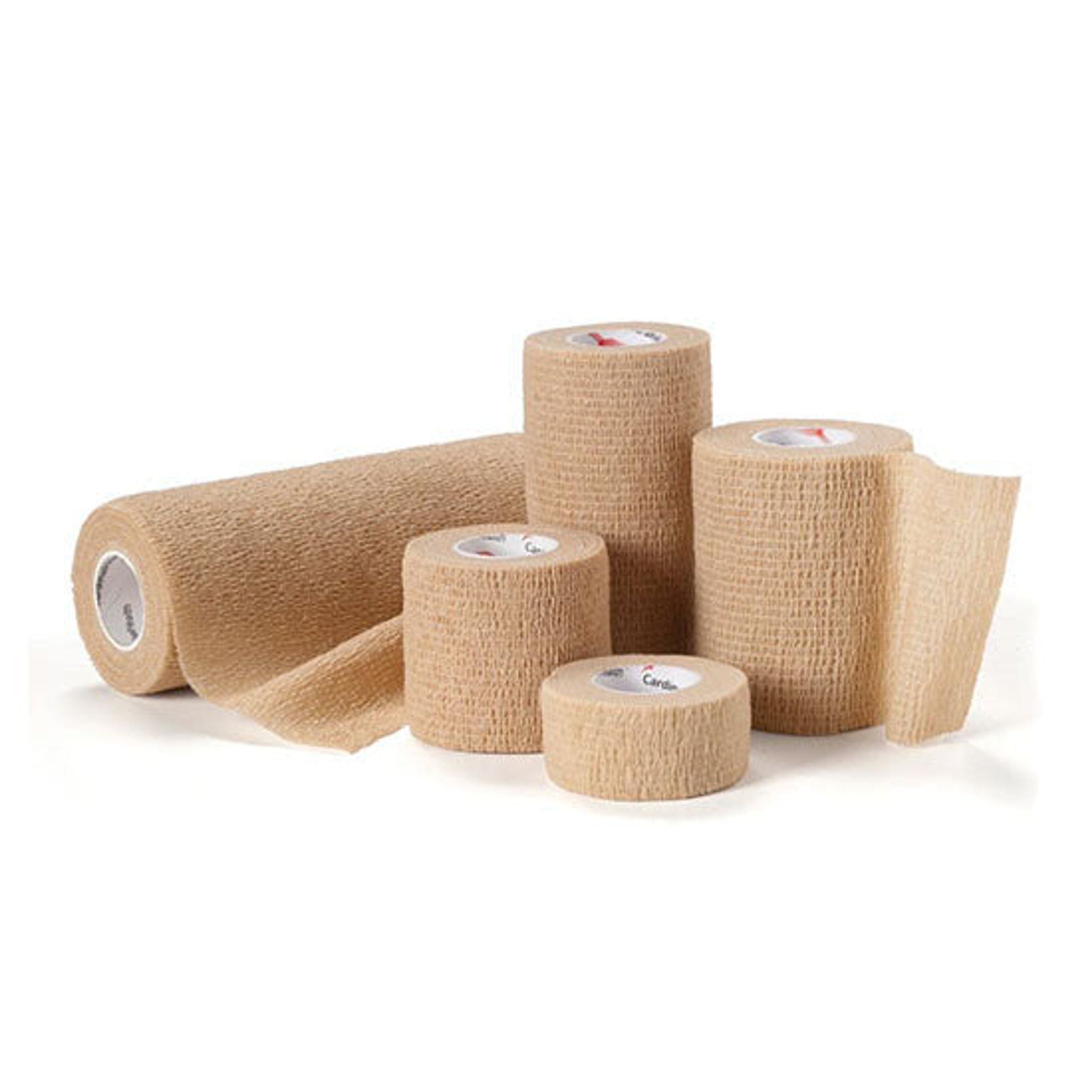
3M Coban Cohesive Bandage, Tan 4 inches X 5 yards - Pack of 5
Arrives Sat, Jan 3 - Tue, Jan 6
FSA & HSA eligible

Arrives Sat, Jan 3 - Tue, Jan 6
FSA & HSA eligible

Arrives Sat, Jan 3 - Tue, Jan 6
FSA & HSA eligible

Arrives Sat, Jan 3 - Tue, Jan 6

Arrives Sat, Jan 3 - Tue, Jan 6

Arrives Sat, Jan 3 - Tue, Jan 6
FSA & HSA eligible

Arrives Sat, Jan 3 - Tue, Jan 6
FSA & HSA eligible

Arrives Sat, Jan 3 - Tue, Jan 6
FSA & HSA eligible

Arrives Sat, Jan 3 - Tue, Jan 6
FSA & HSA eligible

Arrives Sat, Jan 3 - Tue, Jan 6
FSA & HSA eligible

Arrives Sat, Jan 3 - Tue, Jan 6
FSA & HSA eligible

Arrives Sat, Jan 3 - Tue, Jan 6
FSA & HSA eligible

Arrives Sat, Jan 3 - Tue, Jan 6
FSA & HSA eligible

Arrives Sat, Jan 3 - Tue, Jan 6
FSA & HSA eligible

Arrives Sat, Jan 3 - Tue, Jan 6
FSA & HSA eligible

Arrives Sat, Jan 3 - Tue, Jan 6
FSA & HSA eligible

Arrives Sat, Jan 3 - Tue, Jan 6
FSA & HSA eligible

Arrives Sat, Jan 3 - Tue, Jan 6
FSA & HSA eligible

Arrives Sat, Jan 3 - Tue, Jan 6
FSA & HSA eligible

Arrives Sat, Jan 3 - Tue, Jan 6
FSA & HSA eligible

Arrives Sat, Jan 3 - Tue, Jan 6
FSA & HSA eligible

Arrives Sat, Jan 3 - Tue, Jan 6

Arrives Sat, Jan 3 - Tue, Jan 6
FSA & HSA eligible

Arrives Sat, Jan 3 - Tue, Jan 6
FSA & HSA eligible

Arrives Sat, Jan 3 - Tue, Jan 6
FSA & HSA eligible
Bandages are fundamental tools in wound protection and injury management, providing crucial support for healing and preventing further complications. This category encompasses a diverse range of products, each designed for specific needs. Adhesive bandages are ubiquitous for minor cuts and scrapes, offering a sterile barrier to protect the wound from dirt and germs while allowing it to heal. They provide immediate, convenient wound protection. Compression bandages & wraps, including elastic bandages, are vital for managing sprains, strains, and swelling by applying controlled pressure, which helps to reduce fluid buildup and provide support to injured areas, facilitating injury recovery. Other specialized options include conforming bandages for flexible coverage and Unna Boots for venous ulcer treatment, while cast supplies support fracture healing. When selecting a bandage, consider the wound type and the required level of support and protection: choose an adhesive bandage for simple wound protection and minor cuts, or a compression bandage for effective swelling reduction and support for sprains and strains, ensuring optimal injury management and promoting rapid healing.
Browse our full collection of Bandages online now and enjoy fast, free shipping on orders over $49. Need help choosing the right product? Our friendly Customer Care Team is here for you. Call us at 800-696-2273. We’re here to help you feel confident and supported, every step of the way.
Browse our Resource Center for more helpful tips.
Best Products to Include in a Caregiver's First Aid Kit